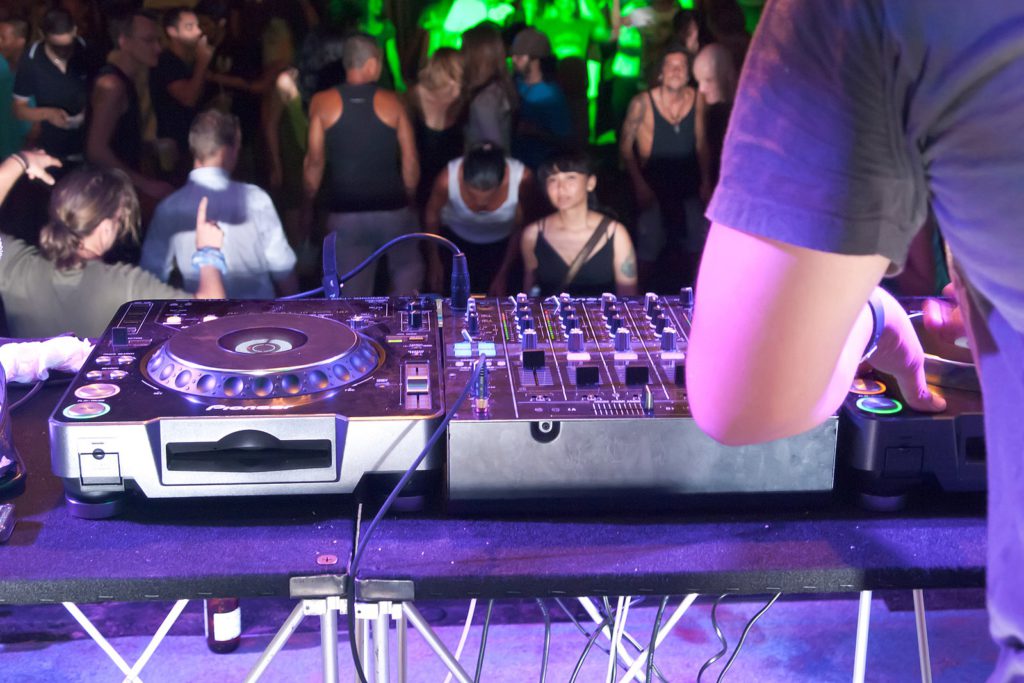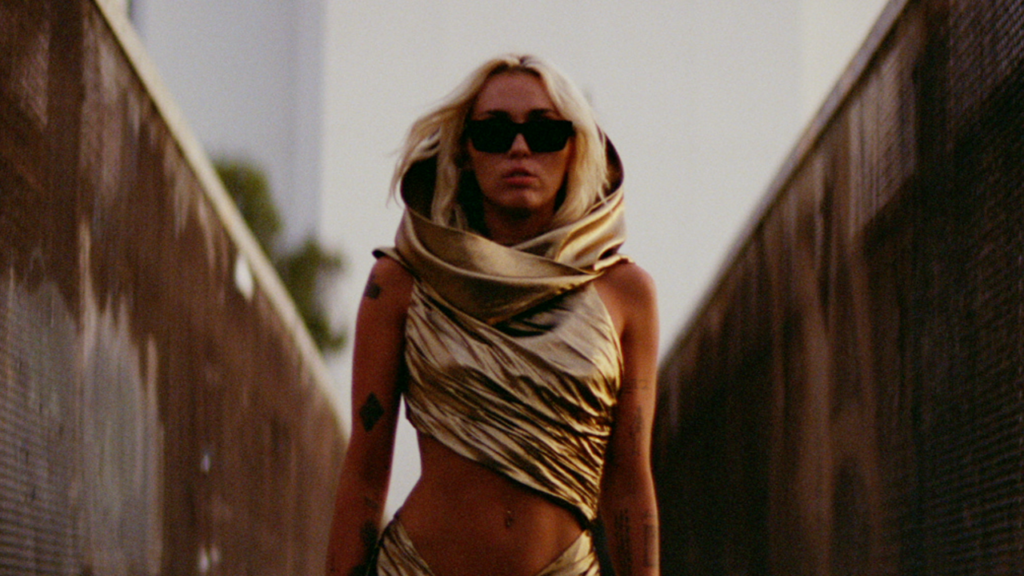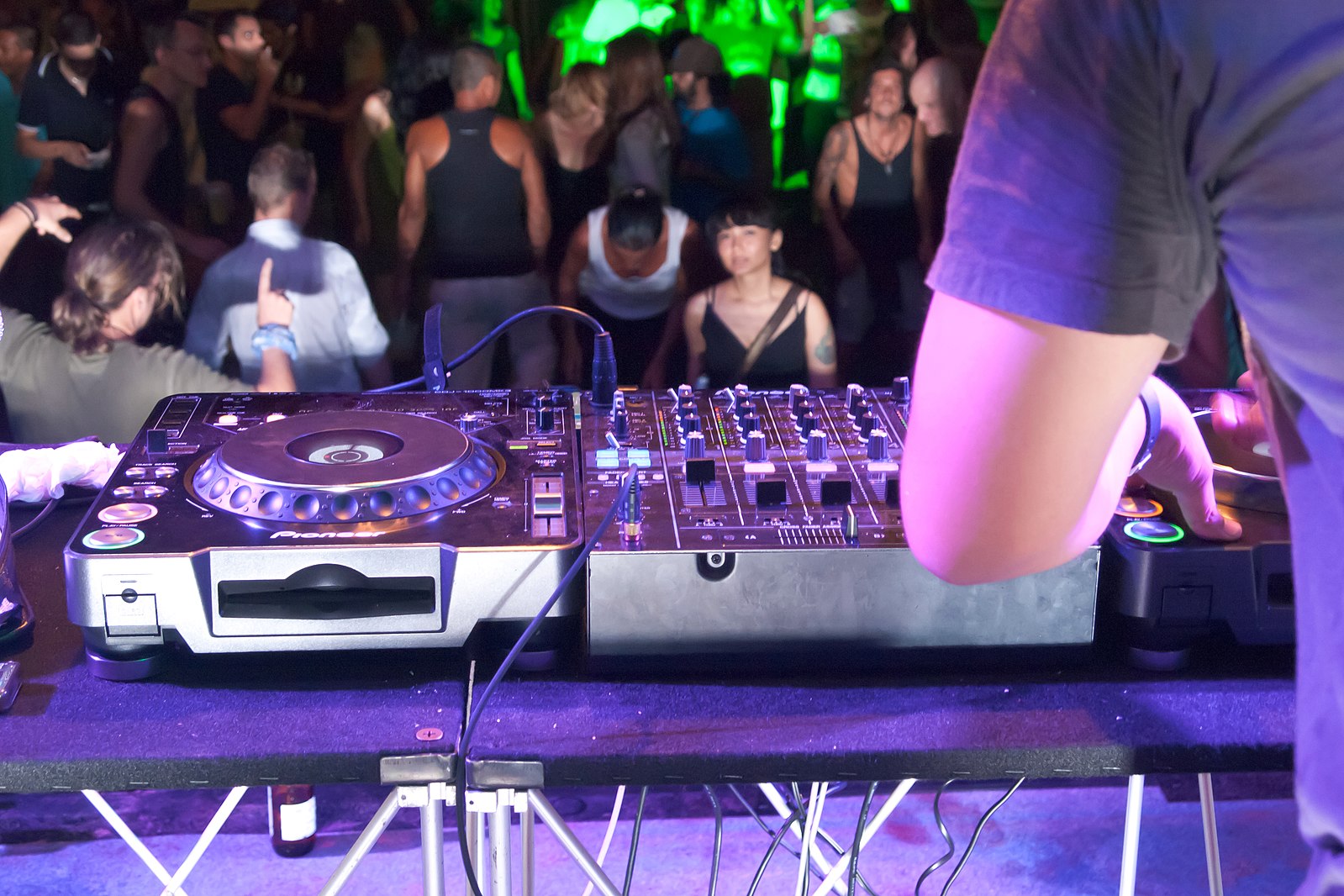
In an era where music fans often gripe about the “tiktokification” of music, there’s a certain skepticism toward every new track that achieves virality. The longer time that viral songs spend in the mainstream, the more likely their mass appeal will be picked apart for the very things that made them popular in the first place. One common music discourse you will see online concerns current trends of sampling and interpolation, particularly in regards to their overuse and resulting unoriginality.
Sampling is the process of including a portion of audio from an original source and inserting it in the context of a new track – think Madonna’s recontextualization of ABBA’s “Gimme Gimme Gimme” instrumental for her 2005 track “Hung Up.” Similar to sampling, interpolation is the practice of borrowing melodies from another song and re-recording them for a completely new track and context. Many of us likely remember Ariana Grande’s 2019 track “7 Rings,” where she sings “Breakfast at Tiffany’s and Bottles of Bubbles” to the tune of “My Favorite Things” from The Sound of Music. Although these music techniques have always been somewhat controversial, the modern application of social media makes them more powerful than ever.
Most social media users, especially those on TikTok, have encountered a song on their feed that becomes inescapable. Within these algorithmic echo chambers, our collective bias towards familiarity and love of nostalgia are constantly being pandered to. This is arguably what makes sampled music so potent in the current digital landscape, and it is no surprise that artists want to capitalize on these vulnerabilities. They are undoubtedly left wondering: to sample or not to sample.
In my experience, recognizing a sample typically plays out in a set of stages. First, a hint of familiarity in melody, rhythm, or borrowed audio that makes me go, “oh this sounds like that one song.” Next, the “aha” moment of identifying the sample or, if it’s really bothering me, going ahead and googling it. Last, I am left in a state of deliberation or inner turmoil, reflecting on whether I enjoy the sample, if it is transformative, if it works well in the new context, and if I would listen to it again.
There are, of course, many cases where samples are less obvious, only revealing themselves after a few listens or until someone more knowledgeable informs you of their existence. These are usually welcome surprises, but samples don’t need to be hidden to be good.
I tend to base my opinions about samples and interpolations on intentionality and context. Sometimes a sample becomes the lifeblood of a song, and its absence would make the track feel hollow or lacking. For me, music that makes good use of borrowed material should establish a transformative context. A sample or interpolation should fit into the song, but it shouldn’t make the song.
As someone who enjoys discovering samples, I can understand the knee jerk reaction from some to write them off. In recent memory there are glaring examples of sampling and interpolation which, in my opinion, don’t hold up. When Jack Harlow ad-libs over Fergie’s sampled vocals on “First Class,” I can’t help but feel a sense of unease. The merging of worlds feels not only unnatural, but dull in comparison to the original hit, “Glamorous.” Similarly, just as I thought “I’m Blue Da Ba Dee Da Ba Die” had escaped the pop culture lexicon, along came David Guetta and Bebe Rexha to revive the 90s hit. Although the club appeal of the song is catchy, it is arguably too earnest in its feel-good approach. What is missing most from the track is a sense of humor, especially considering the legacy of the original “Blue (Da Ba Dee).” In this case, I would argue that the sample would be more effectively transformed in a different context – perhaps by a post-ironic, hyperpop edgelord like Dorian Electra.
But let’s face it, popular songs are popular for a reason – because millions of people are willing to buy and listen to them. If you find yourself asking why songs that rely too heavily on borrowed material continue to dominate the airwaves, I would urge you to instead ask what we, as listeners, can do to push for something different.
This brings me to the question at hand – should overuse and unoriginality turn us away from sampling? In the crowded conversation about pop music’s new sampling obsession, I would argue the easiest thing for a listener to do is exercise their right to discovery. With so many options available to modern listeners I think it is more worth our while to follow creativity rather than shaming samplers. Simply put, there’s much more joy in following the viral success of breakout artists like Hemlocke Grove than ragging on Miley Cyrus for creating a song that sounds too much like Bruno Mars.

Although I am critical of some samples, I know that sampling is no shortcut, nor should samples be universally viewed as derivative. Though sampling has recently received some negative attention, it is important to recognize its long-standing significance, having helped propel genres like Hip-Hop forward. The point here is that we can all enjoy music from our distinct tastes, but that doesn’t mean we have to remain uncritical of these tastes. Personally, I will continue to enjoy great samples, to follow the virality of creative new songs, and to discover sounds that are completely new to my ears. This is the joy of music, and a privilege of the streaming era that I think we can all relish in.
